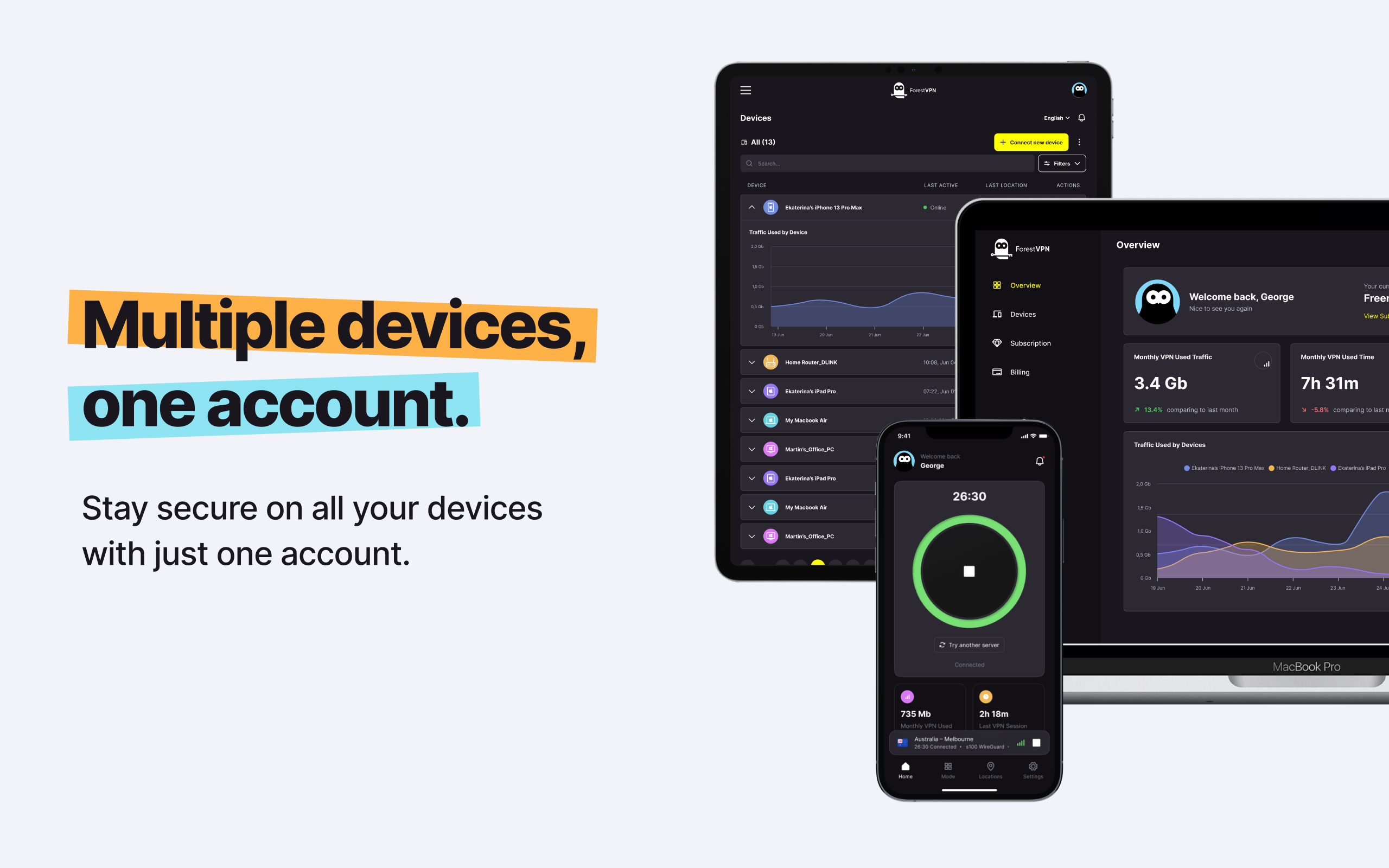
Millie Fung Explores the Myth of Regular Password Changes
In the ever-evolving realm of cybersecurity, the conventional wisdom urging users to change passwords regularly is facing scrutiny. While it has long been touted as a best practice, the National Institute of Standards and Technology (NIST) challenges this notion, signaling a paradigm shift in password security.
The Folly of Routine Password Changes
Contrary to traditional belief, the merit of changing passwords every three months is now under question. If your existing password boasts resilience – being lengthy, intricate, and unpredictable – the act of selecting a new one may provide negligible security benefits. Essentially, a robust original password remains as impervious to breaches as a freshly chosen alternative.
The Pitfalls of Frequent Changes
Frequent password changes can inadvertently lead to weaker security. Reliance on memory often results in the creation of new passwords that mirror previous ones or follow discernible patterns. This practice of reusing or varying passwords poses a considerable risk, especially when one of them is compromised.
The introduction of password managers has rendered the old advice obsolete. These tools facilitate the creation and management of unique, robust passwords for each account, mitigating the need for regular changes.
Instances Warranting Password Updates
While continuous changes may be unnecessary, there are scenarios where updating passwords remains crucial:
1. After a Data Breach
In the aftermath of a data breach, where hackers compromise a network to pilfer sensitive information, immediate password changes are imperative. This preemptive measure is vital to thwart credential stuffing attempts on other platforms.
2. Following Unauthorized Account Access
Upon detecting suspicious activity or potential unauthorized access, swift password modification becomes paramount. This not only terminates active sessions but also safeguards against potential password alterations by intruders.
3. After Utilizing Public Networks
Public Wi-Fi networks, notorious for their vulnerabilities, necessitate password adjustments after usage. A precautionary step to counteract potential breaches of personal information.
4. Dormant Account Reactivation
For accounts left dormant for an extended period, a password change is advisable. This precautionary action guards against potential breaches that may have occurred unbeknownst to the user.
5. Shared Device Login
If you’ve logged into accounts on shared devices or previously shared passwords, altering your password is a prudent step to ensure ongoing security.
Best Practices in Password Management
To navigate the evolving landscape of cybersecurity effectively, consider adopting these best practices:
- Use Strong Passwords: Opt for passwords that are long, intricate, and random. Explore our password generator for a tailored solution.
- Leverage Password Managers: Safely store and manage complex passwords with the assistance of a reliable password manager. Simplify your life by recalling just one primary password.
- Embrace Two-Factor Authentication: Bolster your account security with two-factor authentication. Even if login details are compromised, unauthorized access remains thwarted without additional verification via phone or email.
- Avoid Password Reuse: Uphold the sanctity of each account by ensuring every password is unique.
In conclusion, the landscape of password security is evolving, challenging traditional notions. By embracing modern tools and practices, users can fortify their digital defenses without succumbing to outdated advice.
World vpn free trails
FAQ
Q1: How often should I change my passwords?
A1: Regular password changes are no longer deemed necessary. Instead, focus on using strong, unique passwords and consider employing a password manager for enhanced security.
Q2: What to do after a data breach?
A2: In the event of a data breach, promptly change passwords on the affected account and any others with similar credentials to prevent unauthorized access.

